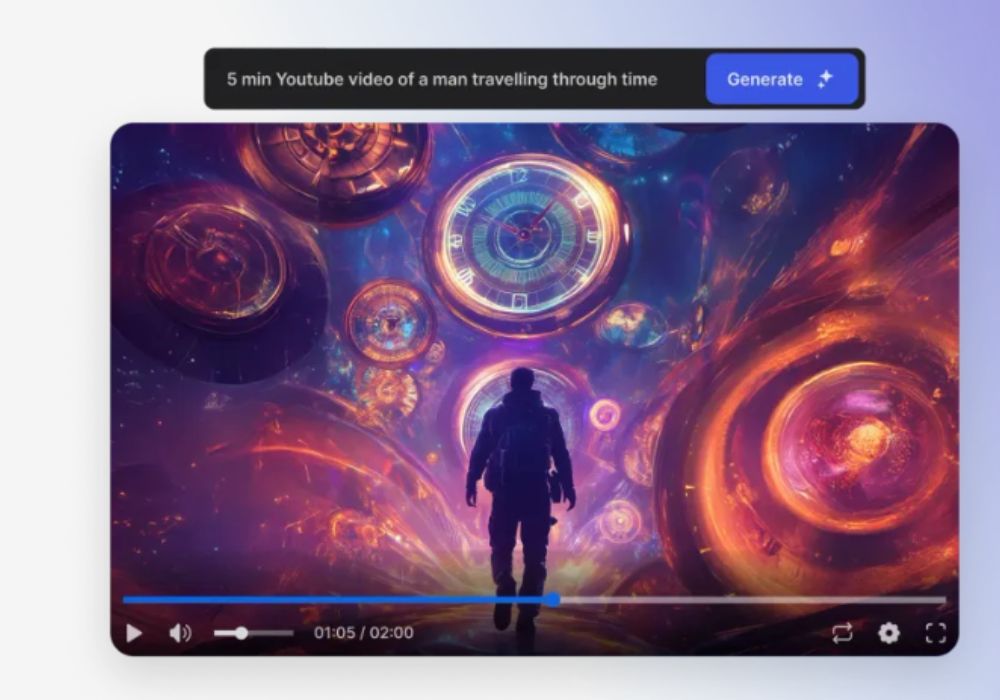Introduction
The education system is on the brink of a technological revolution, with artificial intelligence (AI) playing a pivotal role in reshaping how students learn, educators teach, and institutions operate. From personalized learning experiences to administrative efficiency, AI is not just enhancing education—it is fundamentally transforming it. This article explores the future of the education system powered by AI technology, examining its current applications, potential benefits, challenges, and the road ahead.
The Role of AI in Education
Artificial intelligence encompasses a range of technologies, including machine learning, natural language processing, and data analytics, all of which are revolutionizing education. AI is no longer confined to futuristic visions; it is already making a significant impact in classrooms, virtual learning environments, and administrative operations.
1. Personalized Learning
One of the most transformative aspects of AI in education is its ability to tailor learning experiences to individual needs. Adaptive learning platforms like DreamBox and Smart Sparrow analyze students’ performance in real time and adjust the curriculum to suit their pace and style of learning.
- Example: If a student struggles with algebra, the AI system can provide additional resources, exercises, and tutorials specifically targeting that area.
2. Virtual Tutors and Chatbots
AI-powered virtual tutors, such as Duolingo for language learning or Carnegie Learning for STEM subjects, provide instant feedback and support. Chatbots are also used to answer student queries around the clock, ensuring no one is left behind due to a lack of immediate assistance.
3. Administrative Efficiency
AI simplifies administrative tasks like grading, attendance tracking, and schedule management. This allows educators to focus more on teaching and less on paperwork. Tools like Gradescope use AI to evaluate assignments and provide insightful feedback faster than traditional methods.
Benefits of AI in Education
1. Enhanced Accessibility
AI technologies are breaking down barriers for students with disabilities. Speech-to-text tools, screen readers, and real-time language translation enable learners to access education irrespective of physical or linguistic challenges.
- AI-Powered Tools: Apps like Voiceitt and Microsoft Immersive Reader ensure inclusivity in classrooms.
2. Lifelong Learning Opportunities
AI fosters a culture of continuous learning by enabling microlearning platforms and online courses tailored to individual career goals. Platforms like Coursera and edX use AI algorithms to recommend courses based on a learner’s interests and progress.
3. Bridging Learning Gaps
AI helps identify learning gaps by analyzing student performance data. Teachers can then intervene with targeted strategies to address these issues, ensuring that no student is left behind.
4. Global Reach
AI-powered platforms like Khan Academy and Google Classroom have democratized education, making quality learning resources available to anyone with an internet connection. This is especially significant in underprivileged or remote areas.
AI in Classrooms: Transforming the Teacher-Student Dynamic
The integration of AI in classrooms is not about replacing teachers but empowering them with tools to enhance their teaching effectiveness.
1. AI-Assisted Lesson Planning
Educators can use AI to design lesson plans that cater to diverse learning styles. For example, platforms like LessonUp provide templates and resources tailored to different age groups and subjects. Also, AI-assisted educational video maker tools enhance the overall learning experience for students.
2. Data-Driven Insights
AI tools analyze classroom data to offer actionable insights. Teachers can identify patterns, such as topics where most students struggle, and adjust their teaching strategies accordingly.
3. Gamification of Learning
AI has introduced gamified elements into education, making learning more engaging. Educational games powered by AI adapt to a student’s level, offering rewards and feedback that motivate continued participation.
Challenges of Implementing AI in Education
Despite its benefits, integrating AI into the education system is not without challenges.
1. Data Privacy and Security
AI relies on vast amounts of data to function effectively. Ensuring the privacy and security of sensitive student information is a major concern.
2. Digital Divide
Not all students and institutions have equal access to the technology and infrastructure required for AI-powered education. Bridging this gap is essential to ensure inclusivity.
3. Teacher Training
For AI to be effective, educators need to be trained to use these tools effectively. Resistance to change and lack of technical expertise can hinder adoption.
4. Ethical Concerns
The use of AI raises ethical questions about bias in algorithms, the potential for misuse, and the over-reliance on automated systems.
The Future of AI in Education
1. Personalized Education at Scale
The future will see AI making personalized education scalable. Systems will not only adapt to individual learning styles but also predict future challenges and provide proactive support.
2. AI-Powered Immersive Learning
Technologies like virtual reality (VR) and augmented reality (AR) combined with AI will create immersive learning experiences. Students could explore historical events or conduct virtual science experiments, making education more interactive and engaging.
3. Lifelong AI Mentors
AI will evolve to become lifelong mentors for individuals, guiding them through career transitions, skill upgrades, and personal growth. These mentors will leverage data to provide tailored advice at every stage of life.
4. Smart Campuses
AI will transform educational institutions into smart campuses with automated administrative processes, energy-efficient systems, and advanced security measures.
5. Collaboration with Emerging Technologies
The integration of AI with other technologies like blockchain for credentialing, IoT for connected classrooms, and 5G for seamless virtual learning will redefine the educational landscape.
The Role of Policymakers and Institutions
To harness the full potential of AI in education, policymakers and institutions must address critical issues:
- Regulation and Standards: Establishing clear guidelines for the ethical use of AI.
- Funding and Infrastructure: Investing in technology and internet access to bridge the digital divide.
- Training and Development: Equipping teachers with the skills to integrate AI effectively and understand the use of technology using AI video apps.
Conclusion
The future of education powered by AI technology is both exciting and transformative. By making learning more personalized, accessible, and efficient, AI is paving the way for an inclusive and adaptive education system that meets the needs of every learner.
While challenges like data privacy, digital divide, and ethical concerns must be addressed, the potential benefits far outweigh the hurdles. With thoughtful implementation, AI has the power to revolutionize education, preparing students for a future where adaptability and lifelong learning are key.
As we stand on the cusp of this technological revolution, the question is not whether AI will shape the future of education but how effectively we can leverage its potential to create a better, brighter world of learning for all.
Please visit for more info: Ponder Shorts


